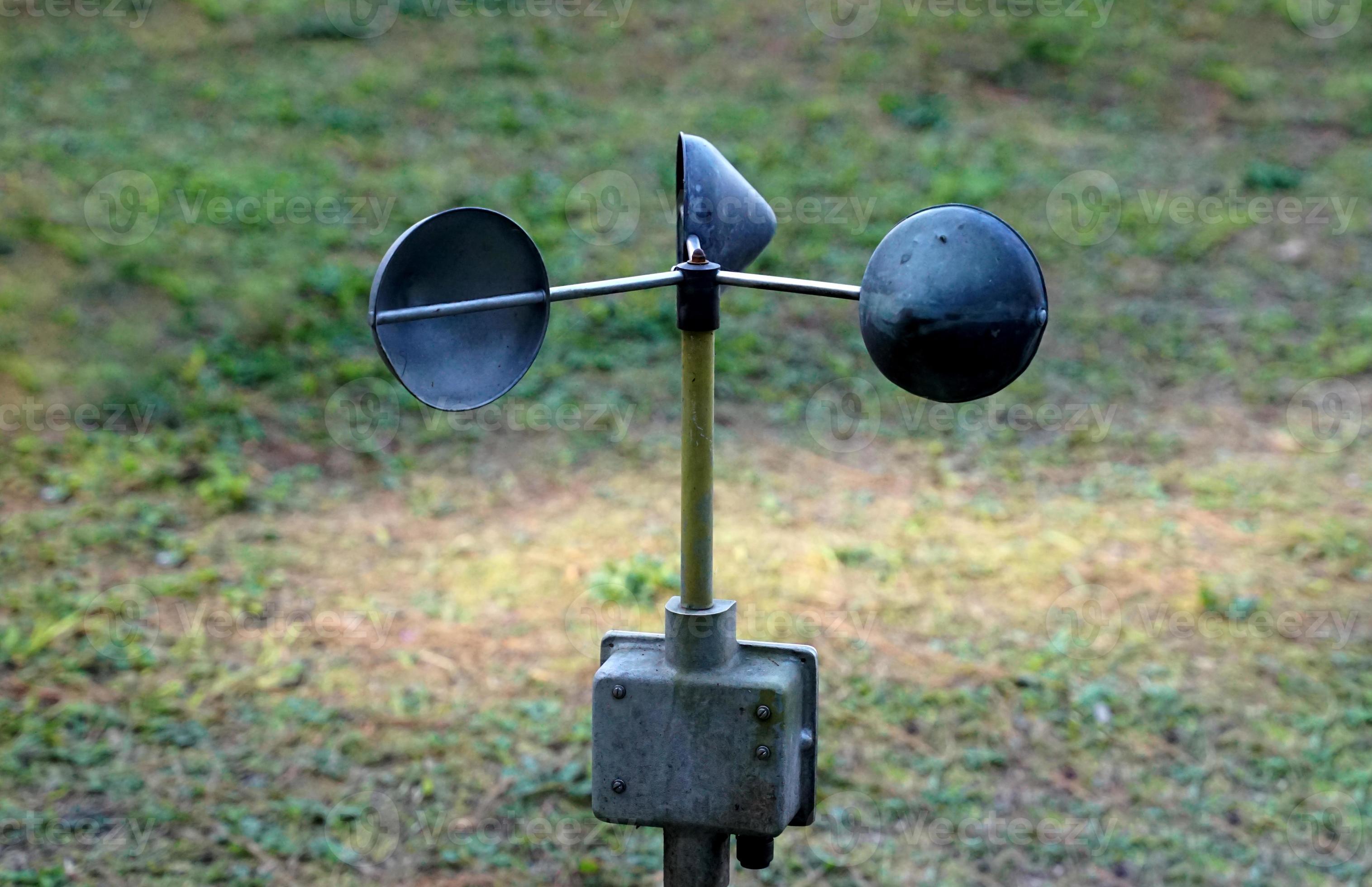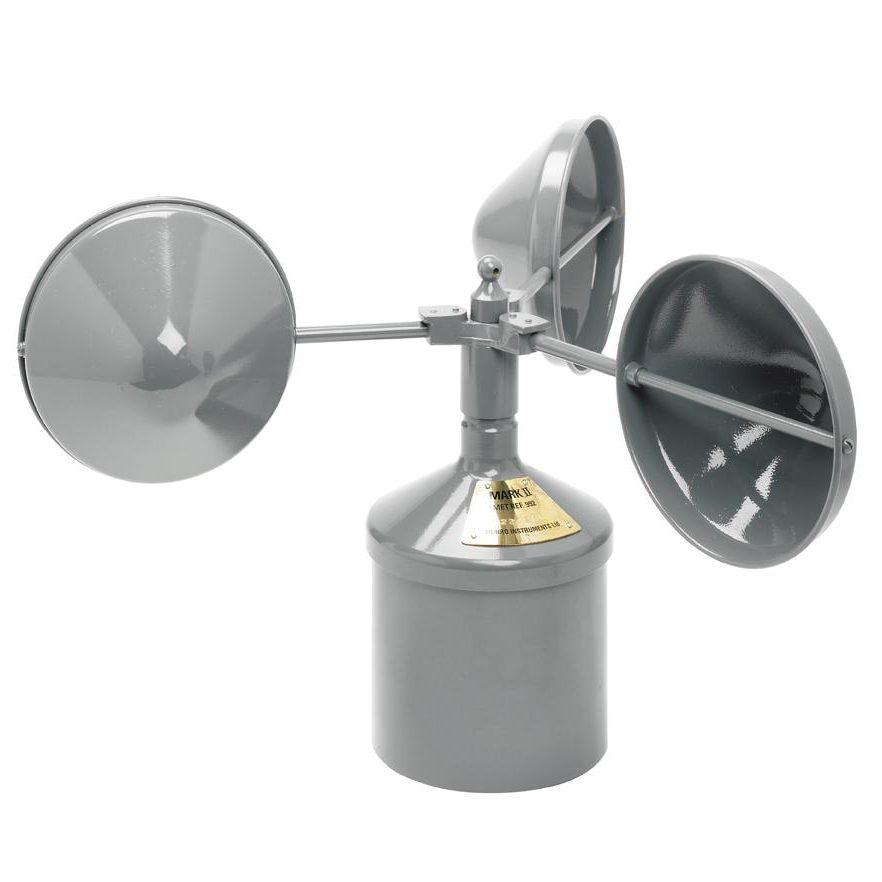The Duty of an Anemometer in Improving Security for Outdoor Activities
The Duty of an Anemometer in Improving Security for Outdoor Activities
Blog Article
Exploring the Features and Benefits of Anemometers for Climate Lovers and Professionals
Anemometers stand as important tools in the world of weather monitoring, accommodating both enthusiasts and seasoned experts alike. These gadgets supply a home window into the dynamic world of wind patterns and rates, supplying important information for atmospheric evaluation and forecasting. From mug anemometers to sonic anemometers, each type brings its unique collection of applications and advantages, clarifying different aspects of weather. As we dive right into the functions and benefits of anemometers, a much deeper understanding emerges not only of prevailing climate sensations but likewise of the broader implications for fields like wind power production and environmental study.
Significance of Anemometers in Weather Surveillance
Anemometers play a critical duty in weather surveillance by offering precise dimensions of wind rate, assisting in forecasting and understanding climate patterns. These instruments, varying from conventional mug anemometers to modern-day ultrasonic anemometers, are crucial for meteorologists, researchers, and weather condition fanatics alike.

Kinds Of Anemometers and Their Applications
The most common kinds of anemometers consist of cup anemometers, vane anemometers, hot-wire anemometers, and ultrasonic anemometers. Mug anemometers consist of 3 or 4 mugs placed on horizontal arms that revolve with the wind, determining its speed. Vane anemometers, on the various other hand, utilize a freely revolving vane to line up with the wind instructions, offering both wind speed and direction dimensions.
Mug anemometers are ideal and durable for general weather tracking, while vane anemometers are preferred for directional dimensions. Ultrasonic anemometers are non-intrusive and offer high precision, frequently used in research and specialized weather condition monitoring applications.
Advantages of Making Use Of Anemometers in Forecasting
In meteorology, the usage of anemometers supplies indispensable benefits for boosting the precision of climate forecasting. Anemometers measure wind speed and instructions, giving critical information for forecasting weather condition patterns. By integrating wind data right into projecting designs, meteorologists can better recognize the activity of weather condition systems, expect changes in weather, and problem much more precise projections.
Additionally, anemometers play an important role in assessing possible weather condition hazards. look these up Monitoring wind rates assists forecasters predict extreme weather condition events such as hurricanes, hurricanes, and wintertime storms with better accuracy. This very early warning system enables authorities to release timely alerts and implement needed precaution, reducing the threats to life and residential or commercial property.
Additionally, anemometers aid in maximizing renewable resource production. By analyzing wind patterns, meteorologists can recognize suitable areas for wind ranches and forecast power result, adding to the reliable generation of wind power.

Anemometers in Wind Energy Production
Offered the important role anemometers play in providing accurate wind information for weather projecting and risk analysis, their relevance encompasses the world of wind energy production. Anemometers are crucial instruments in the reference field of wind energy, where the dimension of wind speed and instructions is critical for determining the feasibility and efficiency of wind turbine installments. By precisely gauging wind rates at differing elevations, anemometers help enhance the placement and layout of wind generators to make the most of power result.
In wind farms, anemometers are purposefully placed to gather real-time wind data that is made use of to assess the prospective power production of a site. This data contributes in identifying the economic viability of wind energy tasks and in projecting power generation to make certain grid security. In addition, anemometers help in checking wind conditions to enhance wind turbine efficiency, stop damages from high winds, and ensure the security of workers functioning in the vicinity of wind turbines.
Enhancing Weather Condition Comprehending With Anemometers

Anemometers play an essential role in enhancing our understanding of microclimates. These localized weather can differ dramatically from more comprehensive local projections, making it important to have accurate information for particular areas. anemometer. By strategically positioning anemometers in numerous places, researchers can gather detailed details on just how wind behaves in different terrains, city settings, or bodies of water
Additionally, anemometers add to improving climate projecting designs by providing real-time information on wind actions. This info is particularly valuable for forecasting serious climate events, enhancing agricultural techniques, and sustaining industries like aviation and maritime navigating. Overall, anemometers are very useful tools that allow us to dig much deeper right into the complexities of climate systems, inevitably causing more better-informed choices and accurate forecasts.
Conclusion
To conclude, anemometers play a critical function in climate tracking and projecting by measuring wind rate and direction. They are necessary tools made use of by weather fanatics and professionals to collect exact data for forecasting weather patterns and analyzing potential effects. Anemometers additionally have applications in wind energy manufacturing, further highlighting their importance in both weather forecasting and sustainable power sectors. Generally, anemometers add to enhancing our understanding of weather condition sensations and improving forecasting abilities. anemometer.
From mug anemometers to sonic anemometers, each kind brings its one-of-a-kind set of advantages and applications, dropping light on different facets of climatic problems. These instruments, ranging from conventional mug anemometers to modern-day ultrasonic anemometers, are essential for meteorologists, researchers, and weather lovers alike. The most typical types of anemometers include cup anemometers, vane anemometers, hot-wire anemometers, and ultrasonic anemometers. Cup anemometers are robust and suitable for general weather monitoring, while vane anemometers are favored for directional dimensions. Anemometers are essential tools in the area of wind power, where the dimension of wind rate and instructions is vital for determining the usefulness and performance of wind generator installments.
Report this page